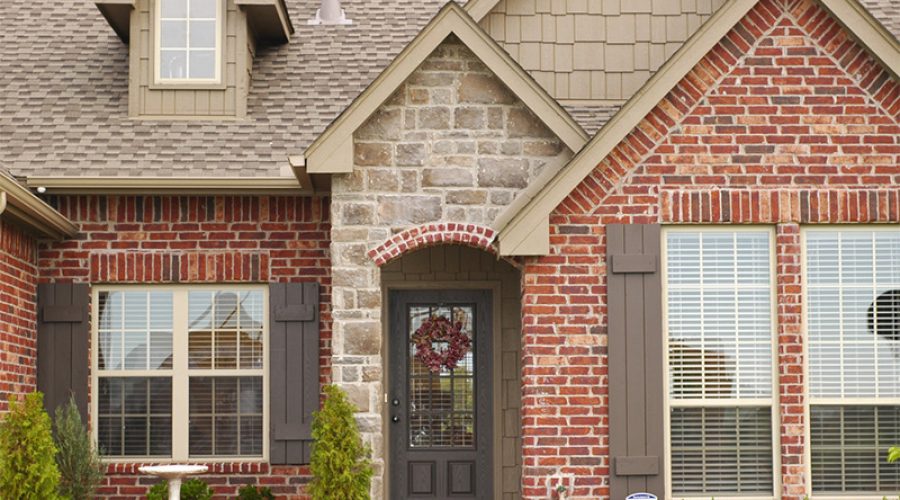Caring for your house can be one of the most rewarding aspects of homeownership. But occasionally, either from an accident or natural aging processes, more serious renovation might be involved. Roofs, siding, and windows are the most likely to need upkeep, especially if it has been a while since they’ve been updated.
When to Replace Your Roof
Your roof is one of the most important features of your house, protecting you and all your belongings from all manner of elemental forces. If it has been twenty years or more since your roof has been replaced, it’s probably time for an upgrade.
Asphalt shingles are the most common type of roof, particularly for residential areas. Typically, an asphalt roof will have two layers of shingles. If only one layer has been warped or stripped away, you can have a brand new second layer installed over the old one, which will save you at least $1,000 in renovation costs. But if the shingles are damaged enough that you can see the wood paneling underneath, you will need a full replacement.
Roof protection systems are a worthwhile, long-term investment, especially if your home may be at the mercy of severe weather conditions. This thorough installation seals your roof to protect it from water and ice, guard it against the elements, and balance the intake and exhaust vents that keep your attic properly ventilated.
Fixing Your House From Side to Side
Ensuring that the siding is well cared for on the exterior of your house is another crucial part of keeping your home functioning to the best of its ability. If your siding’s paint only lasts for ten years or less, it’s a sign that the siding might need replacing. Be on the lookout for dry rot or parts of the siding that are warped, fading, or contain fungus or mold. These are all warning signs that your siding has lived its life and is in need of some TLC.
There are many types of house siding to choose from, depending on the kind of house you own and the climate in which you live:
- Vinyl siding can last up to 40 years if you care for it properly. It’s relatively inexpensive and can be installed quickly over your existing siding. However, vinyl tends to be particularly vulnerable to the elements.
- Wood siding is a popular choice because it is very easy to install. The downside to this option is that quality wood can prove to be an expensive option.
- Fiber cement siding, which is made from clay material, is an easy, low maintenance choice. This siding does require special installation, which can raise the building costs.
- Stucco siding, which is an ideal option for hot climates, is durable and resilient to chipping. It is rather aesthetically appealing, but does incur significant labor costs to install.
- Brick siding is expensive and doesn’t offer a wide variety of siding colors, but it is fire resistant and long-lasting.
Windows, Doors, and So Much More
Windows can last up to twenty years if they’re properly maintained. You can handle minor problems with basic repairs, but if your window or frame is broken or warped, a full replacement is in order.
Similarly, if you have a patio door that is drafty, squeaky, or suffers from structural damage, you will need to replace it or call a professional contractor to take care of it for you.
Making exterior repairs on your house is likely not on your immediate to-do list. After all, most roofs, windows, doors, and siding can last twenty years or more if not unexpectedly damaged. But enlisting the help of a commercial contractor will greatly limit the amount of stress involved in such a renovation.

